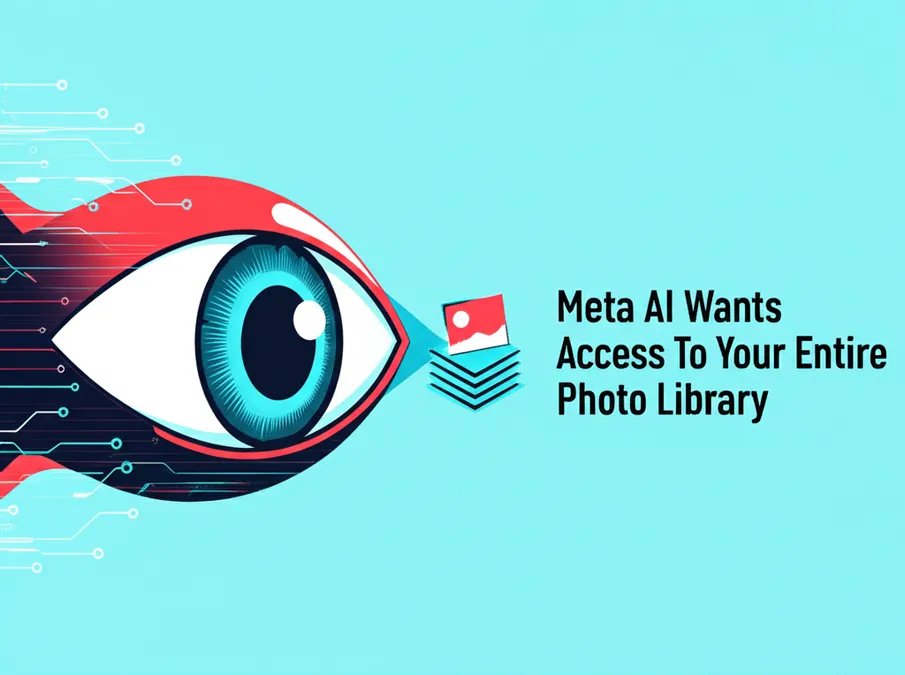AI Breathes New Life into Historical Photos
In a groundbreaking fusion of technology and historical preservation, researchers are now employing advanced artificial intelligence to colorize and restore photographs from the 20th century, offering a vivid new window into the past. A recent project focusing on the 1937 Lugou Bridge Incident, a key event that marked the beginning of the Second Sino-Japanese War, demonstrates the profound impact this technology can have on our understanding of history. By transforming monochrome, often damaged, images into vibrant, detailed pictures, AI is not just reviving old photos; it is reviving forgotten narratives for a new generation.
Bridging Past and Present with AI
This initiative represents a significant step forward in the field of digital humanities. It leverages immense computational power to bridge the temporal gap that separates us from pivotal historical moments. The goal is to make history more accessible and emotionally resonant, using technology to translate the stark black-and-white records of the past into a language that a modern audience can more readily connect with. By adding color, we add a layer of realism that can transform a distant event into a palpable human experience.
The Lugou Bridge Incident A Pivotal Moment
The Lugou Bridge, or Marco Polo Bridge, Incident of July 7, 1937, is a cornerstone of modern Chinese history. The skirmish between Chinese and Japanese troops at this location near Beijing is widely considered the start of full-scale warfare between the two nations, a conflict that would last eight years. For decades, the visual record of this event has been limited to grainy, black-and-white photographs. While historically invaluable, these images often fail to convey the full emotional weight of the events they depict. Historians believe that by adding color and clarity, these images can evoke a more immediate and empathetic connection to the human stories behind the conflict.
How AI Revives Faded Memories
The restoration process relies on sophisticated machine learning models, particularly Generative Adversarial Networks (GANs). A GAN consists of two competing neural networks: a 'generator' that creates the colorized image and a 'discriminator' that compares the AI's work to real color photos. The generator constantly improves its output to 'fool' the discriminator, resulting in increasingly realistic and contextually appropriate colors. These systems are trained on millions of modern photos to learn the relationships between shapes, textures, and colors. The AI can then make educated inferences to colorize historical images, distinguishing between military uniforms, skin tones, and building materials. Furthermore, the technology can digitally repair physical damage like scratches and fading before applying color.
The Significance of Revitalized History
The implications of this work are vast. For educators, these revitalized images are powerful teaching tools that make history more engaging. For museums, it provides a new way to present collections and draw in wider audiences. This project also sparks important conversations about historical accuracy. While the AI strives for realism, the colors are an estimation. Project leaders emphasize the goal is not to create a definitive 'true' version, but an emotionally resonant interpretation that encourages deeper engagement. By seeing the past in color, we can better connect with the individuals in the photos, viewing them not as abstract figures, but as people who lived through extraordinary times.
The following information is from the original article source.
Copyright 1995 - . All rights reserved. The content published on the source site belongs to China Daily Information Co (CDIC). Without written authorization from CDIC, such content shall not be republished or used in any form.
Registration Number: 130349 



